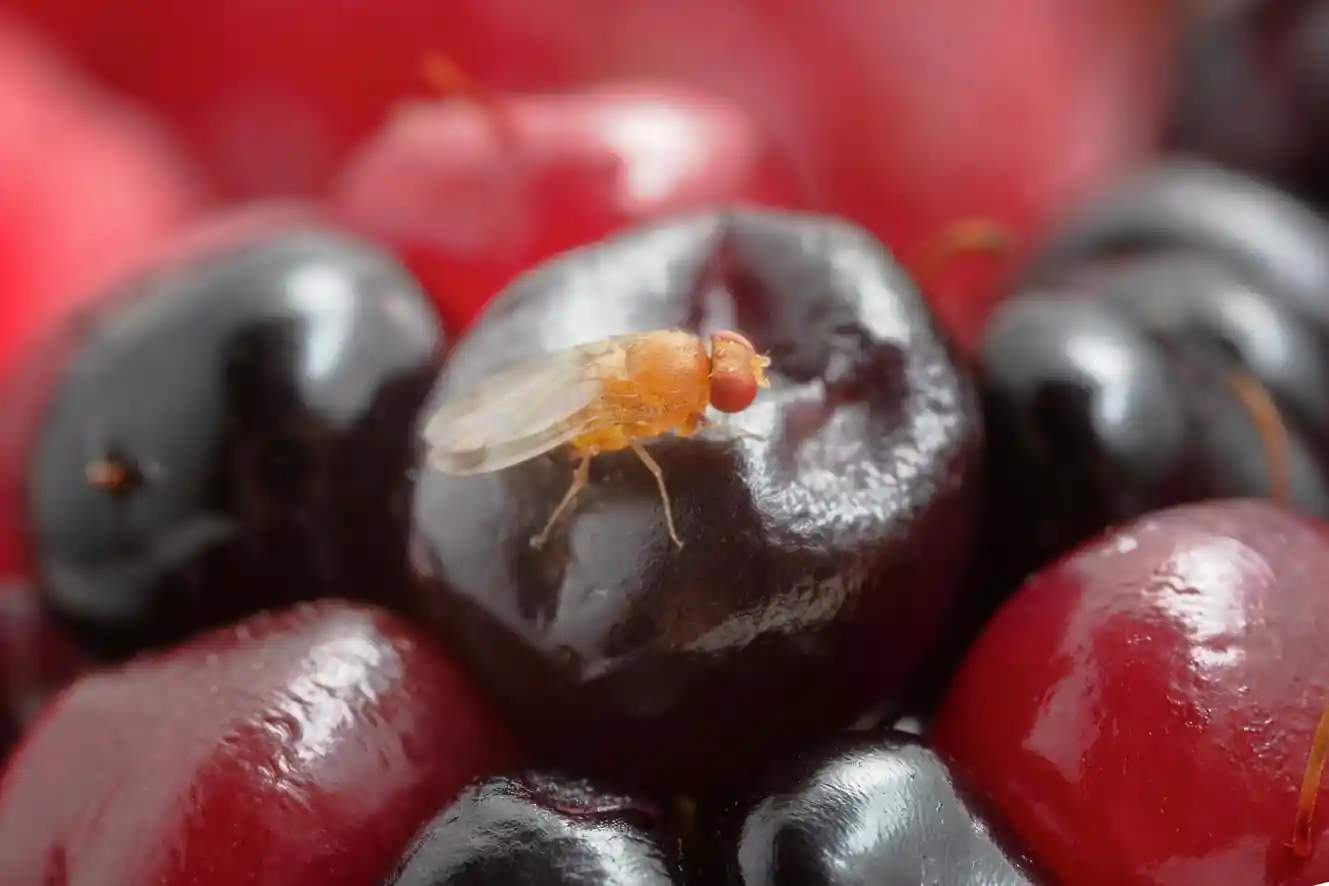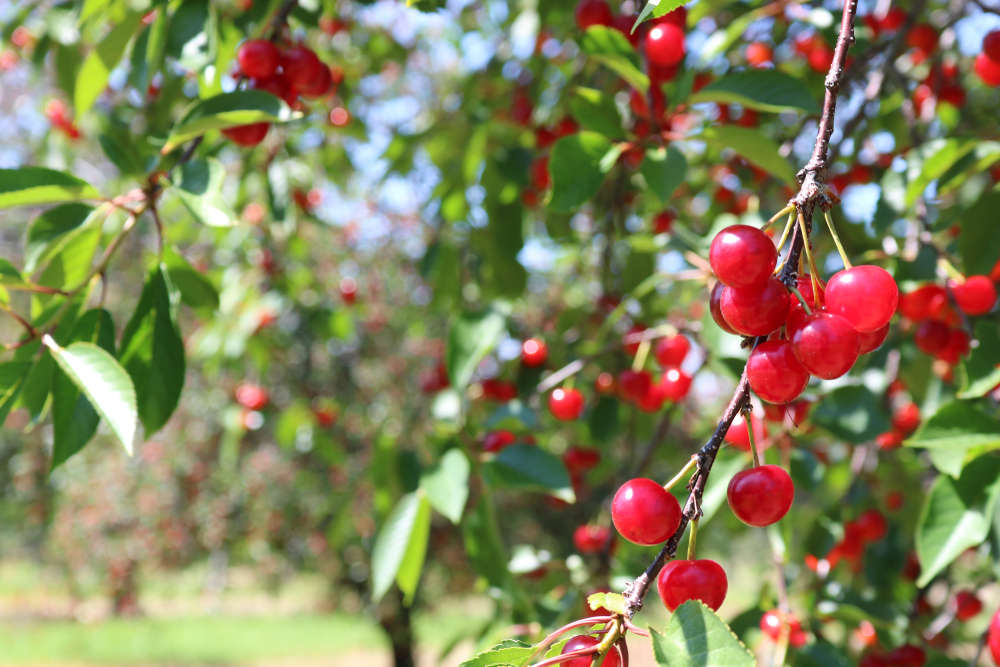Redagrícola has consulted various players in the cherry industry about their expectations for what could become a historic campaign, which for the first time will exceed 100 million boxes. There is confidence in the ability to handle this volume of unprecedented fruit, but the challenge of quarantine areas for fruit fly has raised some logistical concerns, while both producers and recipients are aware that the main challenge will be quality.
Based on the plantings carried out in recent years, combined with a season that so far promises good yields, production is expected to reach around 115 million boxes, according to Manuel José Alcaíno, president of Decofrut. According to the company's data, between 4,000 and 7,000 new hectares of cherries come into production each year, which increases the volume of production of this premium fruit.
This is well above the previous season’s figures (2023/24), in which 83 million boxes of cherries were produced, fewer than the 95 million boxes expected by the market. This potential production was primarily affected by climatic conditions that impacted the season, such as a warmer than usual winter that did not allow for cold accumulation, and a colder than usual spring accompanied by abundant precipitation.
“The ability to produce between 12 and 14 million boxes was lost,” adds Alcaíno, noting that the jump might be ‘very large compared to last year’s production, but not so large compared to the production capacity that existed’. According to Claudio Vial, general manager of the exporting company Ranco Cherries, the estimate for the current season is 114.7 million boxes, significantly higher than the 82.7 million achieved last season, representing a 37% increase.
In gross figures, the exporter aims for a total production of 573,530 tons, compared to 413,981 tons produced in the 2023/24 season, as presented at the Cherry & Kiwi Conference organized by Abud y Cía. However, Vial raises a red flag: volumes of Santina are expected to double this season, from 86,537 tons to 175,353 tons, which could undoubtedly impact prices.
“The good news is that the Santina arriving is spread over several weeks and we have seen a proliferation of facilities and roofs to anticipate part of the harvest, but even so, the 'peak' will continue to be in the 50th and 51st weeks,” explains Claudio Vial.
Internal Capacity
The question that arises is how to transition from 82 million boxes to 115 in just one season.
According to Manuel José Alcaíno of Decofrut, the processing capacity seems quite good because investments have been made in line with the growth in acreage, and also because last year “there was an enormous residual processing capacity, and those with cold storage facilities did not fare as well because they had grown in processing capacity and acreage, but with the drop in production, they had reduced their processing capacity.”
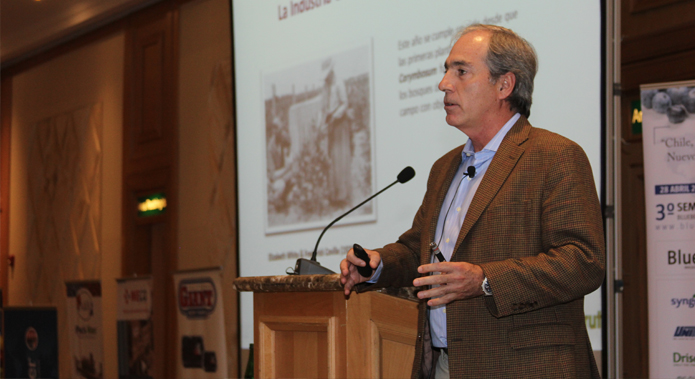 Image 1: Manuel José Alcaíno. Source: Blueberry Consulting.
Image 1: Manuel José Alcaíno. Source: Blueberry Consulting.
Claudio Vial of Ranco Cherries highlights in his analysis that, in terms of installed capacity, Chile currently has 2,800 cherry processing lines, a number that continues to grow. The problem, therefore, more than a matter of processes, is likely caused by the fruit fly.
Currently, three cherry production areas are under quarantine: Ovalle, part of the Metropolitan Region, and Chimbarongo (O'Higgins Region). The Chinese health service sets a 27-kilometer radius from the detection site, so, according to estimates, about 1,000 processing lines are located in quarantine areas in these regions, which will undoubtedly create a challenge.
“At the moment we have 20% of orchards and 30% of lines in quarantine zones, so fruit will inevitably have to be transported from free zones to facilities in quarantine zones. This puzzle will need to be reassembled, which is difficult (...), fruit will need to enter quarantine zones due to an issue with installed capacity,” Vial explained.
Faced with this challenge that will require extreme coordination and foresight from producers and exporters, Vial assures that the installed capacity for processing, although it has grown alongside productive orchards, estimates that “things will be tight,” as he calculates that each line will need to process about 53 tons.
All fruit coming from quarantine areas or entering regulated areas for processing will need to undergo cold treatment, a protocol requiring that the fruit be kept at a temperature of 0.5°C for 15 days.
This logistics of finding places in free zones or within the detection radius will undoubtedly involve new costs that could make processes more expensive, which, according to the president of Decofrut, would increase costs by one or two thousand dollars per container allowing for cold treatment.
“All the fruit that was to be packaged and is now in affected areas will mean packaging capacity that could be lost,” comments Alcaíno, adding that ‘a different dynamic is created, because there could be facilities with overcapacity due to being in a quarantine zone, and much fruit that previously went to other facilities should now go to them’.
"This will mess up the process in any case," he says.
The Fruit Fly, a Headache for the Industry
Ivan Marambio, president of Frutas de Chile, has emphasized that for many cherry producers, the traps and associated protocols related to the fruit fly are unprecedented, representing "an entry into a new world that is coming our way."
"Traditional exporters, who are multi-product, have dealt with the fly all their lives, but for cherry operations, it's something new. Given the volumes we're talking about, it's madness, because in three weeks we could be working with 40 or 45 million boxes," comments the union leader.
In this context, Marambio points out that a container from a fly-free zone takes 30 minutes to be shipped, whereas a container from a quarantine zone could take up to two hours, adding a new strain on the sector.
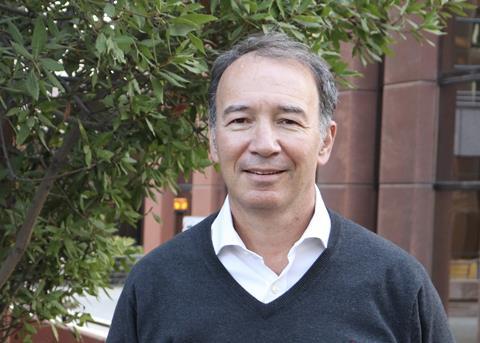 Image 2: Ivan Marambio. Source: Fruitnet.
Image 2: Ivan Marambio. Source: Fruitnet.
“We will need a lot of people, including refrigeration staff and more SAG personnel, to handle this new pressure, which adds to the well-oiled logistics we have. So, I think we need to prepare for the worst and hope for the best. We shouldn't relax; we're still on time, but it's a season where we need to keep our teeth clenched,” emphasizes the Frutas de Chile representative.
Regarding the public sector, the Undersecretary of Agriculture, Ignacia Fernández, highlighted that the challenge of processing cherries due to fruit fly issues is acknowledged as “a logistical challenge” this season.
In response to Redagrícola, the agricultural portfolio authority emphasized that “SAG has already been working on this situation. In fact, we have had several meetings with the unions to monitor the work being done,” noting that there will be more inspectors at supervision, control, and shipping points ‘to address the impact of increased logistical demand’.
Fernández stressed that “there cannot be significant delays due to the large volume of production. We want the state to be an ally in facilitating things, not an additional barrier in a process that, as we know, will have its complications.”
Attention to Frost
At the production level, the news of cold accumulation suggests a good season, but it’s not a done deal: potential frosts in August could be a hindrance to what promises to be a historic season. According to Jordi Casas, consultant and technical director at Caducos, if there are no severe frosts, “we will easily exceed 110 million boxes.”
The expert argues that “we had a summer with less intense heat or thermal stress, which resulted in better reserves compared to other years. These reserves ultimately determine the load, and there was also a low abortion rate, which means we are facing a larger production. On the other hand, the uniform cold in winter is giving us the chance to have uniform blooming with good production.”
Casas also emphasizes that, in terms of production, producers are aligned for this new season, “because in recent seasons we have learned and adjusted loads. Today, everyone works based on quality, with a production equation and keeping a record of orchards to know how much to produce.”
Another crucial point highlighted by the advisor is that it would be a mistake to think that, in the face of frosts, “leaving more fruit will allow it to escape the impact,” a path that, according to the expert, would be a mistake. He adds that the vast majority of producers have understood that better prices come from quality.
Advisor Walter Masman even believes that it is possible to exceed the estimate of 115 million boxes, thanks to the good quality of the cold obtained, although “we still depend on everything that happens now before blooming and especially during blooming, if the conditions are right for good fertilization, but everything should follow this course.”
Nevertheless, Masman warns that a high volume can also compromise the quality of the fruit, in relation to the most important market parameters, such as size, sugar content, and especially firmness. “In a condition of overload, all these aspects are immediately limited, so the grower must be careful and clearly understand the scenarios that may develop going forward,” emphasizes the expert.
Masman also recommends avoiding “leaving a higher potential load in the event of frosts.” According to the expert, it has been proven that the more the initial load is regulated, the higher the quality obtained, because “the conditions are very different, as shown last year, where the vast majority of trees were regulated by climatic conditions, the low loads generated, and as a result, among other things, produced a product that stood out compared to other seasons, and which was significant for the price paid for that fruit.”
Will China Be Able to Handle This New Volume?
“I believe the market is well-prepared to receive this volume. The work done by Frutas de Chile has been extraordinary in terms of promotion, and the logistical side of the industry has been excellent,” comments Manuel José Alcaíno of Decofrut.
The opening of new ports in the Asian giant undoubtedly creates a sense of capacity to handle the market with the new volumes of fruit expected to be exported, as well as diversifying the cities and markets to which the fruit is sent.
Alcaíno notes that the market has been decentralized from Guangzhou and Shanghai, which would allow reaching new cities, even in inland China. Nonetheless, the Decofrut president emphasizes that “obviously, the additional 30 million boxes compared to last year will have an impact on the inevitable outcome.”
This new and unprecedented volume will undoubtedly be a challenge for importers and fruit traders as well. Sophie Wang, manager of importer Shanghai Huaxin Zhongcheng Agricultural Development Co., which receives fruit from various Chilean exporters, is aware of the upcoming campaign.
“It will definitely be a very large volume, but I believe the Chinese market needs to be analyzed in different phases of the season,” she says, noting that everything depends on how the volume is distributed during the campaign, especially when the first fruits arrive, which will serve as a 'warm-up' for the market.
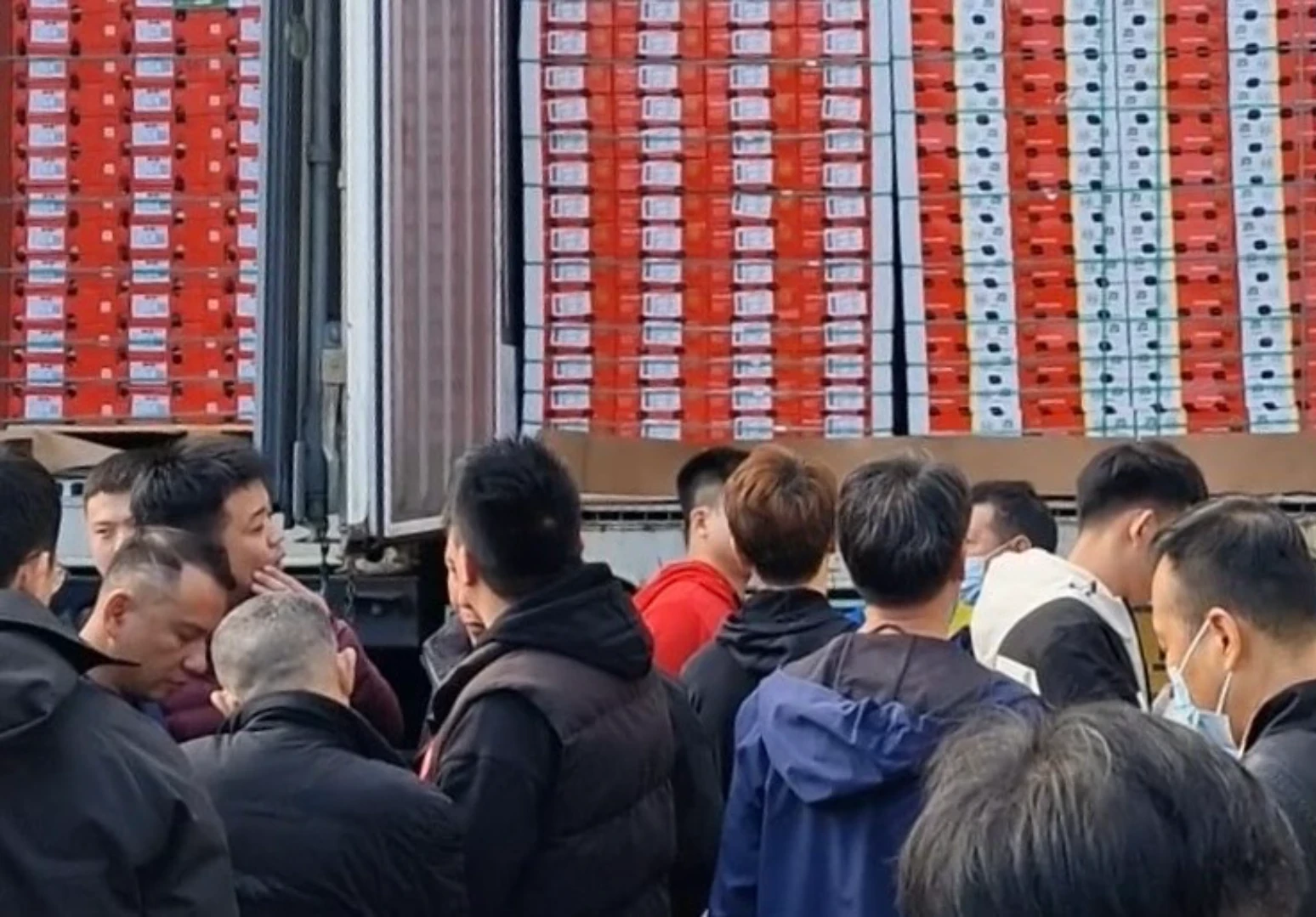 Image 3.
Image 3.
According to Wang, it will also depend on how this volume withstands the pressure of the Chinese New Year, because the market might be very different after the Chinese New Year, especially if there are still containers left to sell.
“There will be a lot of pressure this season, especially on the end consumer who, in the face of higher volumes, will lean towards quality,” she emphasizes, adding that “both prices and the speed of market movement will be very different this year with this new volume,” so vigilance will be required.
Despite this, Wang comments: “We are confident that the market will be able to absorb this volume because China, being a huge market, still has room to grow; it’s not fully open, and even if the volume continues to grow, we believe there will still be space for these cherries,” referring to cities or inland locations in China, colloquially considered “tier 2” or smaller places.
But she warns that this does not mean that lower-quality fruit will be placed in inland cities, which has been established as “a natural misunderstanding,” since with existing retail channels, even a small town has access to quality, and will even demand it.
Indeed, Wang highlights that quality will be key this season, “especially considering the growers, because in past seasons they focused on volume but with not so good quality, which could be risky for the future.” The end consumer will pay for good quality, a good label, good packaging, but will not pay extra for mediocre quality.
However, Wang is confident that Chilean growers have the message clear: prioritize quality, which will benefit all industry players.
Post-Harvest Challenges
For Jessica Rodríguez, a post-harvest expert and co-founder of the consulting firm Trío Kimün, the processing capacity in Chile has grown at a pace that ensures a certain level of stability, making it more likely that the challenges will pertain to the fruit itself.
“Rodríguez commented to Redagrícola: ‘The volume of Lapin that we have is such that for any reason, whether it's handling, the climate, or if it moves, it will cause us problems.’”
The expert emphasizes that as long as this variety, one of the most widespread in Chile, “is well distributed, we will do fine; we will most likely not be efficient enough to process the fruits within 24 hours, and there will likely be processing delays of two or even three days in some weeks, but everything will depend on how Lapins overlap with other varieties.”
This mid-season variety, popularly known among growers as “the paying box” due to its self-fertilizing and productive nature, reached 176,878 tons for export last season—out of a total of 413,981 tons of cherries exported—making it the country’s main variety. For this new season, it is estimated that it will exceed 193,000 tons.
“Last year was excellent because, with Santina missing, it was very well distributed. And this will be the challenge for this season,” Rodríguez comments, considering the estimates that Santina will double its production this year.
Another point the expert highlights is that currently, the installed capacity and processing issues that could be generated by areas in quarantine might result in two-day waits for processing, which is not favorable for the fruit due to its post-harvest conditions.
Rodríguez notes that it is even likely that much fruit will be left for a third day due to potential bottlenecks that could occur in processing plants, although she assures that the industry “knows what to do in these cases and will prepare for the worst-case scenario.”
Another aspect concerns the challenges imposed by the cold treatment required by China for exporting fruit to areas in quarantine for fruit fly.
Rodríguez emphasizes that this is positive and “beneficial for the fruit because it is the best temperature to prolong and maintain good post-harvest, and it will ensure that we all do our job well,” highlighting the uniformity that all producers in quarantine areas, and those who decide to work in regulated areas, send their fruits with treatment at 0.5°C for at least 15 days.
The complication that the expert has studied is that these temperatures are sometimes not maintained in containers, as it often happens that the air temperature at the container door (where a higher temperature has been recorded) is very different from that recorded in other parts of the same container.
“There is a challenge: this year we need to do things very well to maximize the cold efficiency in containers,” and thus avoid having to comply with new measures required by the Chinese health authority at the destination, such as completing any unfulfilled cold treatment time, which would add age to the fruit and be very negative commercially, according to Rodríguez.
Another of the challenges that will arise this season will be, on one hand, the sizing, as Asian markets do not want small fruits and this is an aspect that can occur in seasons with high fruit loads, according to the expert; on the other hand, she also anticipates that there could be lacking or very irregular firmness, which can also occur in a season with high volumes.
“If growers manage the harvest well, we will have good loads, good calibers, and good firmness,” a task that will show—whether or not—if the management work was done correctly right after the previous season’s harvest.
Source: Redagrícola
Images: Fruitnet; Blueberry Consulting; ANA Chile
Cherry Times - All rights reserved








